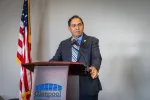

Osage Nation celebrates historic fee-to-trust signing
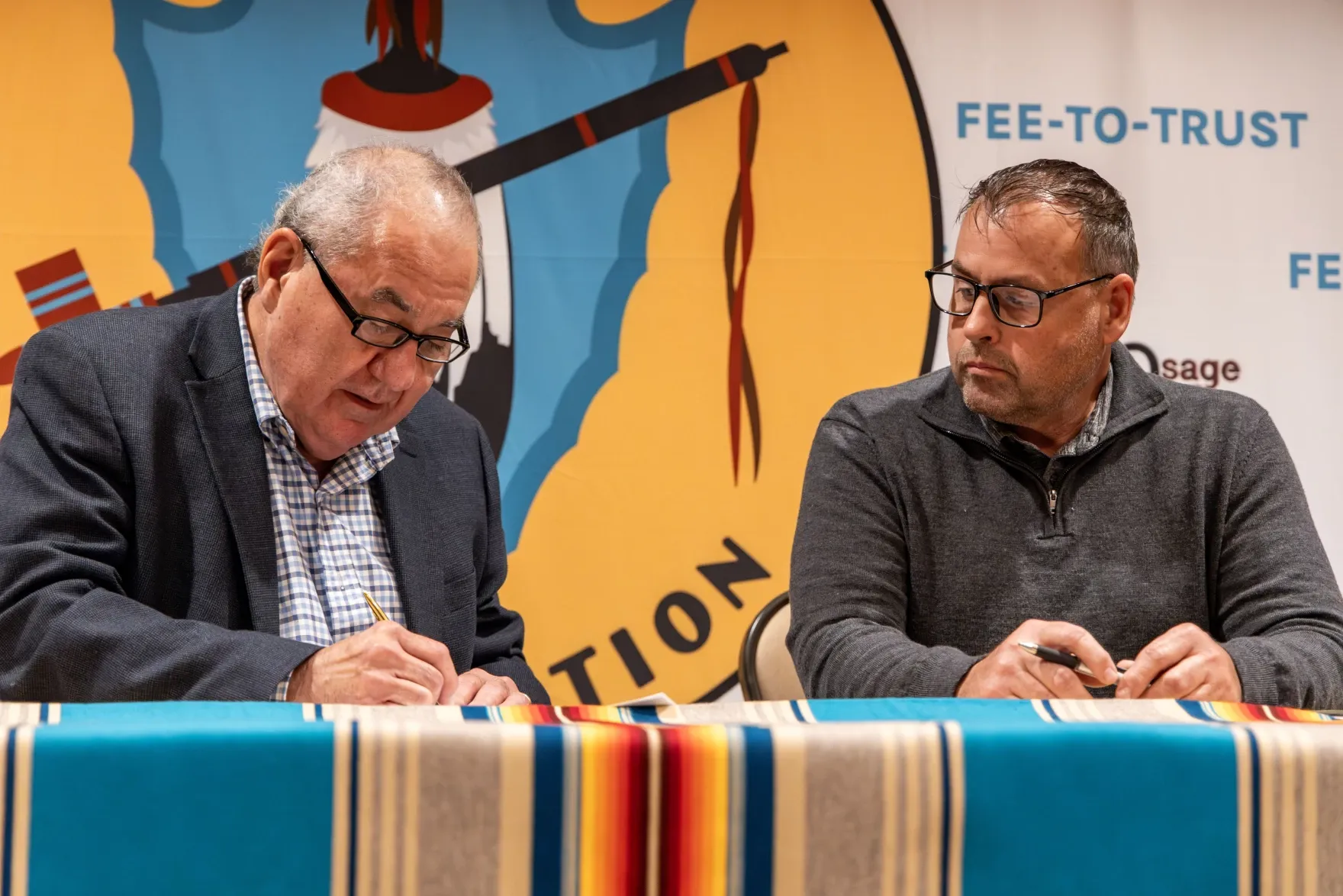
Osage Nation citizens and representatives from the Bureau of Indian Affairs gathered in Pawhuska on Monday to sign in to place the second-largest acquisition of fee-to-trust land.
KOSU | By Katie Hallum (ᏧᏟ), Sarah Liese (Twilla
Renamed 'The Osage Nation Ranch,' the tribe now has concurrent jurisdiction over the 43,000-acre land–meaning the state has less control over how the land is used and reaffirming the tribe’s sovereign rights.
The acquisition started in 2016 after the tribe purchased the land from television star Ted Turner. After a tedious back and forth with the federal government, eight years later, it belongs to the Osage Nation once again.
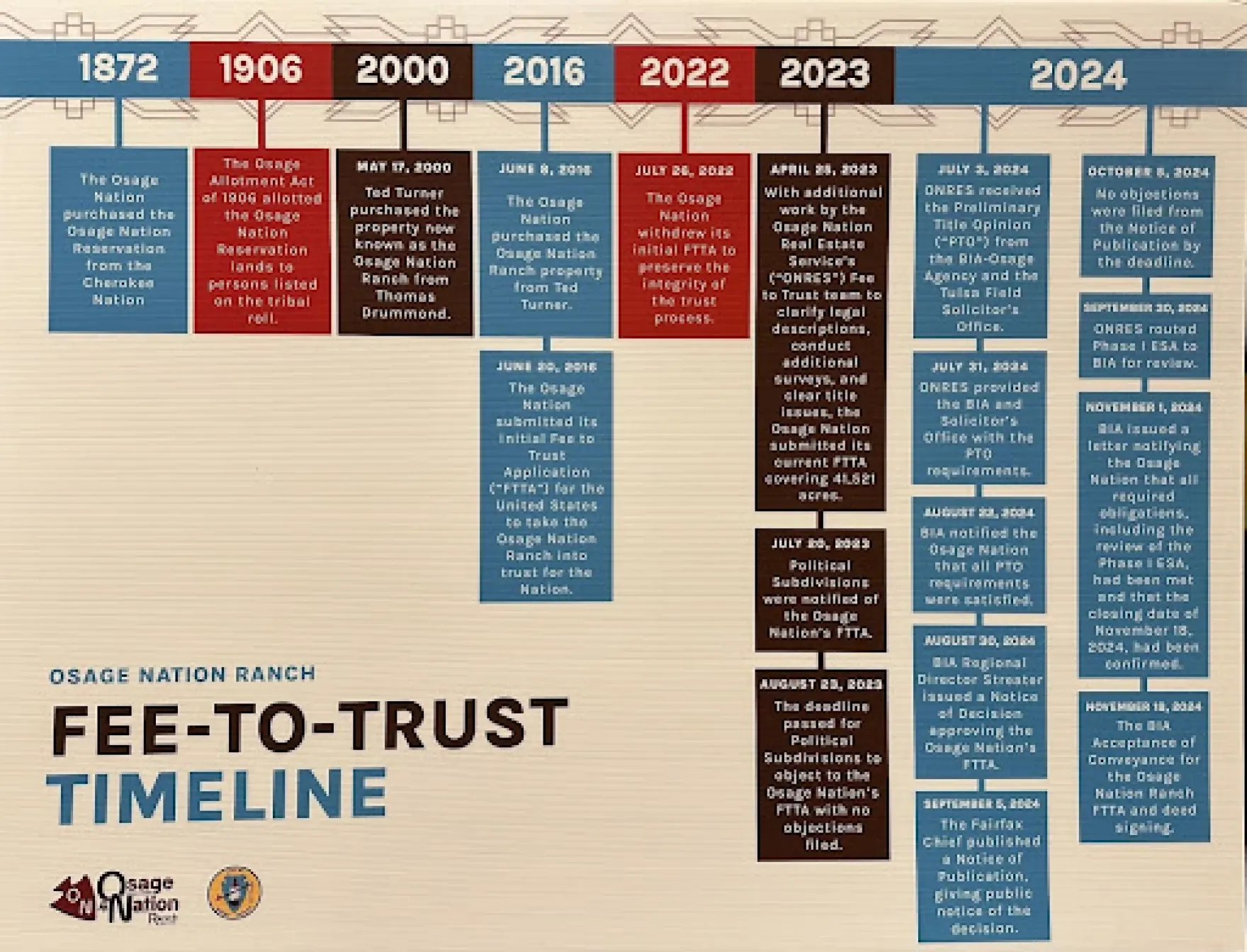
According to Chief Geoffrey Standing Bear, the journey to get here was an emotional one.
“It overwhelmed me, and so here we are now,” he said. “This is the guarantee that this property is going to stay with us.”
Currently, the ranch is home to a meat-processing plant, bison, cattle, land grazing and oil extraction. The tribe plans to expand these sectors and bring new projects to the land.
“This is your land, and your children's land, and your grandchildren's land,” Standing Bear said, in a message to Osage citizens earlier this year. “And there's no loans on it, and there's no mortgage on it, and that is not going to happen. We're not giving this land up again. We were pushed into that before, but we want to acquire more, and we want to do this again. But land is very expensive.”

Opinion: November is the month to pay special tribute to Native Americans
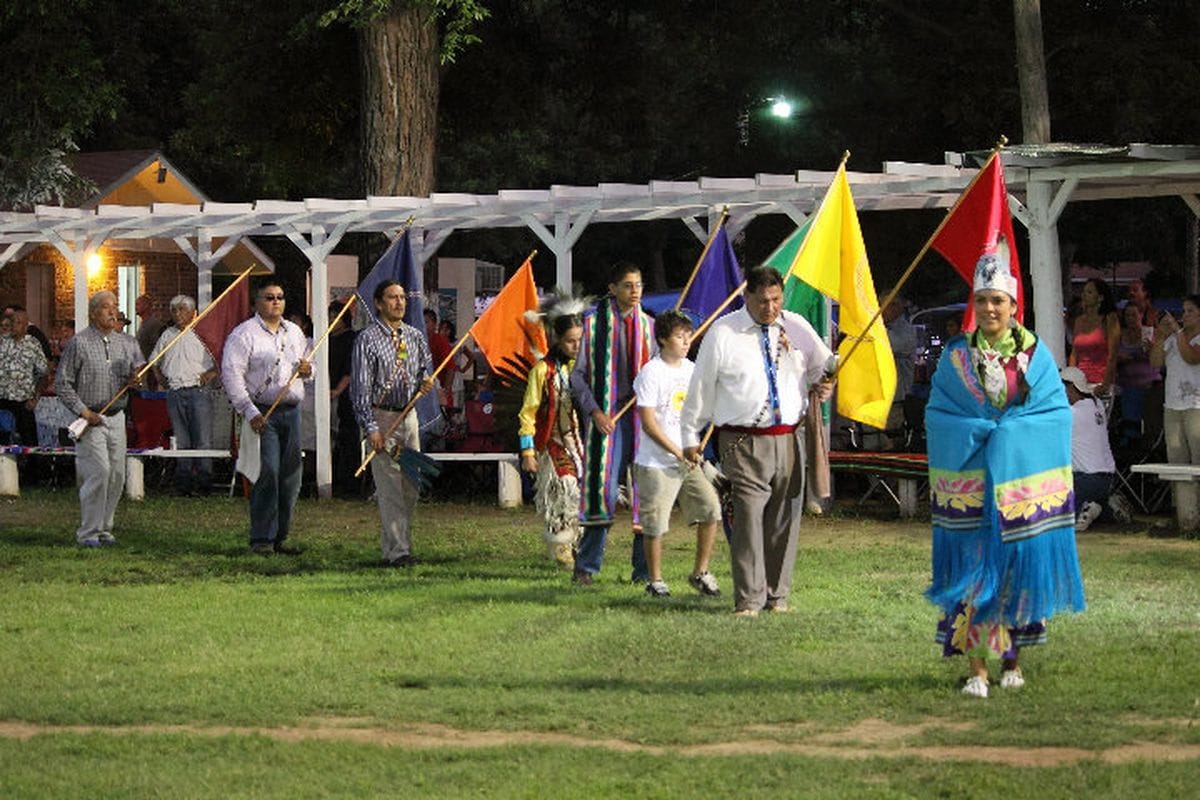
by Theresa Hinman, Guest Columnist
November ushers in Native American Heritage Month, a time to honor the history, culture and contributions of Native Americans — often seen as the quintessential underdogs in American history. Their resilience and self-determination shine through, overcoming the harsh policies of the past.
Historically, U.S. policies like "Kill the Indian, Save the Man" sought to forcibly assimilate Native American children by stripping them of their identity. Children were sent to residential schools where they were forbidden to speak their language, wear traditional regalia or keep their long hair. These policies left a lasting impact, but Native American communities are reclaiming their right to be seen in their heritage and in current context.
Oklahoma, home to 39 tribes, exemplifies this great story of overcoming generational trauma and invisibility. The state has moved beyond its past, fostering collaboration between the Oklahoma State Department of Education and tribal governments. This partnership has introduced Native American languages into 76 schools, reaching over 3,300 students. Such progress is supported by Gov. Kevin Stitt, a Cherokee Nation member (which in itself is a Native American win to be seen in current context as an elected state leader) through initiatives like the "open transfer" policy and House Bill 3386, which expand educational opportunities for all students to participate in learning these languages.
Progress also has been made passage of SB 429, a law affirming Native American students' rights to wear regalia at graduation ceremonies. Tribal leadership has been pivotal in these achievements, ensuring programs like Johnson-O'Malley, through self-determination and accountability, are in school districts. As a result of collaboration with tribal leadership and the state's school districts, Native American students enjoy the creation of safe, inclusive environments. These efforts ensure students from Indigenous students feel a sense of belonging and cultural pride. For those interested in Native American Heritage Month events, the state Education Department's Office of American Indian Education offers resources and encourages everyone to share any events with them.
The team's emails are: Jackie.White@sde.ok.gov, Randal.Zotigh@sde.ok.gov, Kida.Upshaw@sde.ok.gov, Jonathan.Aultman@sde.ok.gov
Theresa Hinman is a member of the Ponca Nation.
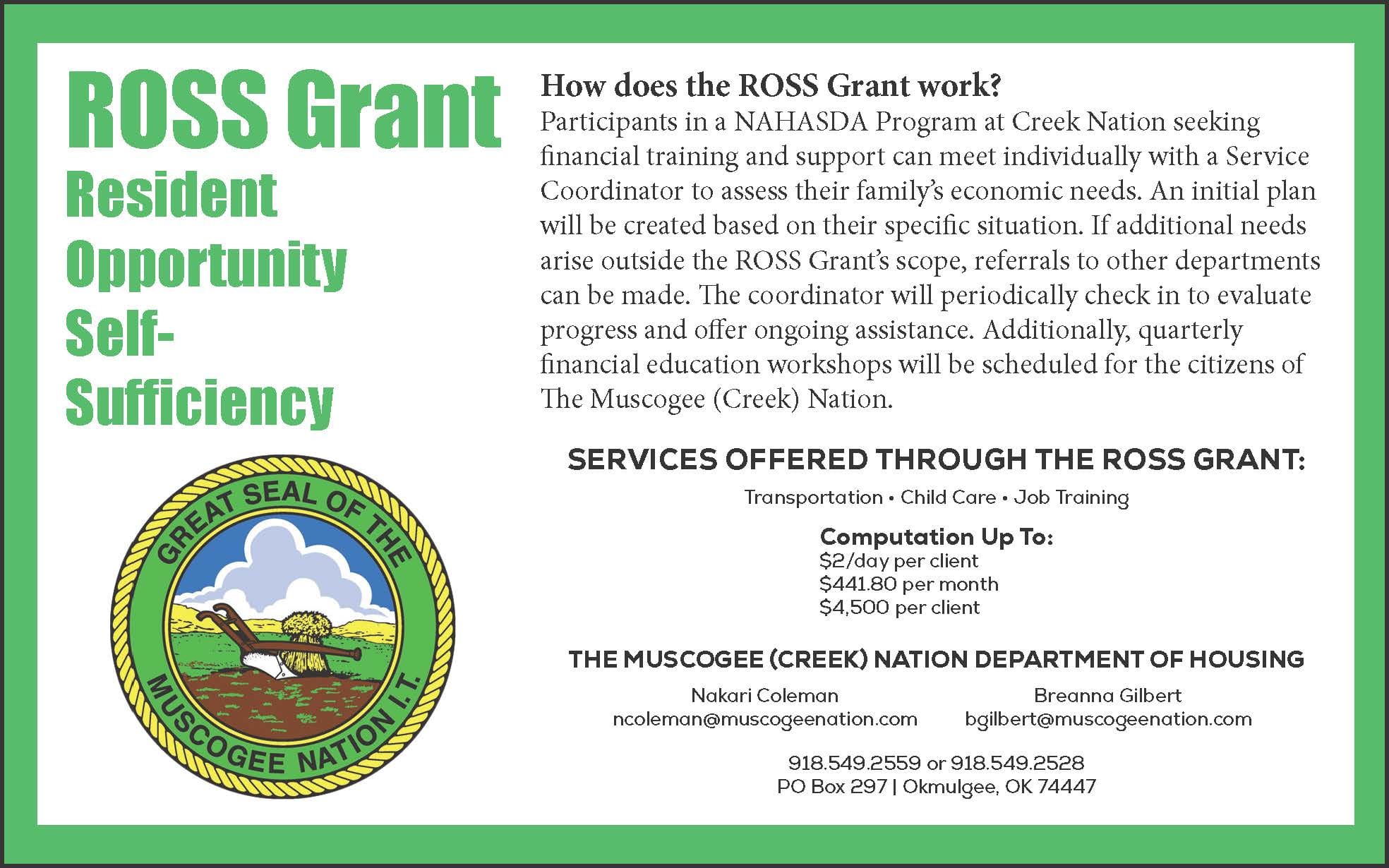
Tribute to Native American Heritage Month: Joseph Oklahombi, original code talker
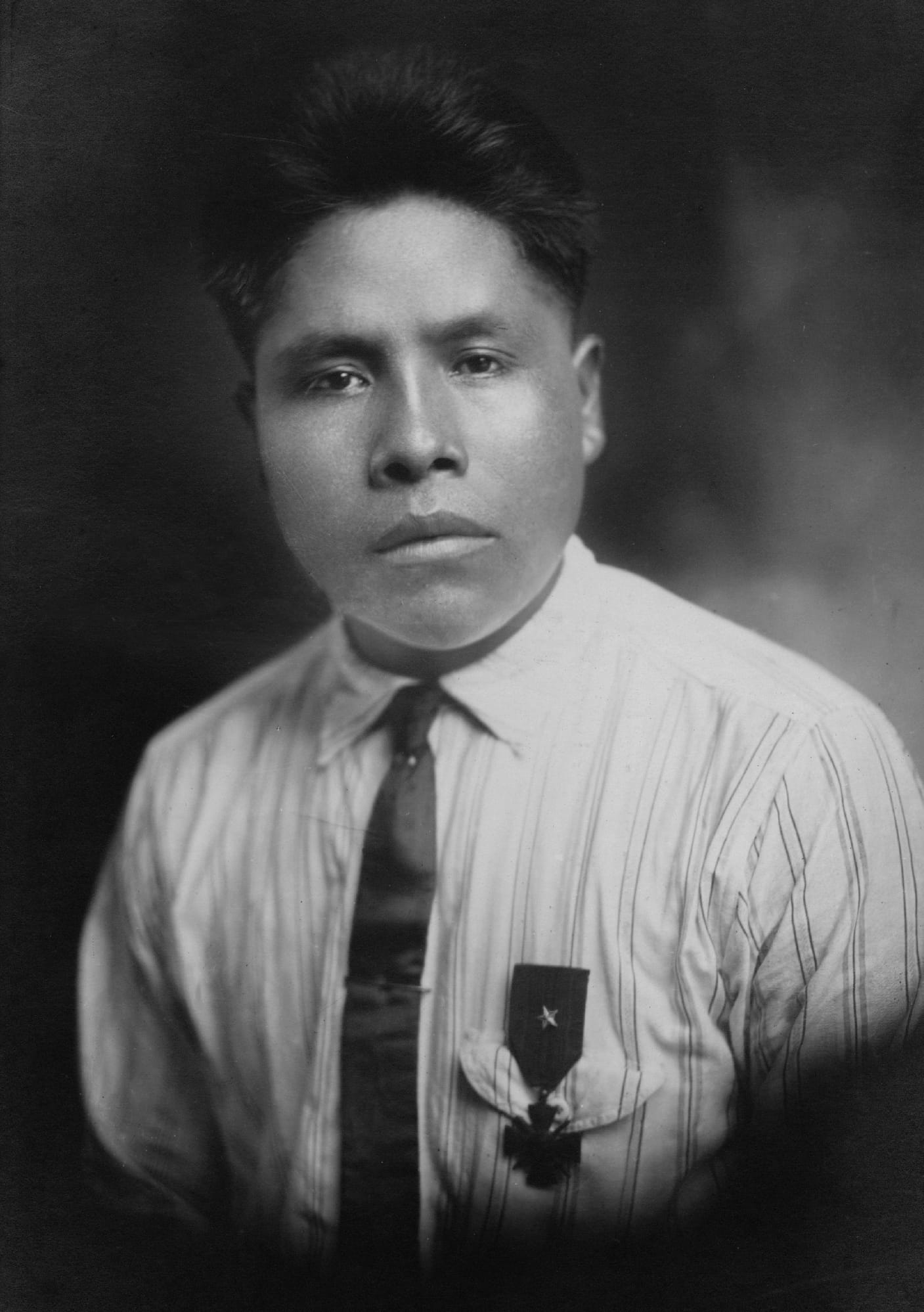
A World War I hero, Joseph Oklahombi was born May 1, 1895, in the Kiamichi Mountains of McCurtain County, Oklahoma. A full-blood Choctaw from Bismark (present Wright City), Choctaw Nation, Indian Territory, he served in the Thirty-sixth Infantry Division's Company D, First Battalion, 141st Regiment, Seventy-first Brigade during World War I.
During the October 1918 Meuse-Argonne campaign German intelligence successfully intercepted Allied military correspondence. To combat the problem the 141st, 142d, and 143d Infantry Regiments utilized Choctaw soldiers, including Oklahombi, to translate messages in their native tongue. At headquarters they "decoded" Choctaw into English and communicated messages to those in the field. These Choctaw were the original "Code Talkers."
At St. Etienne, France, on October 8, 1918, Oklahombi assisted his unit as other than a translator. He and twenty-three fellow soldiers attacked an enemy position and captured 171 prisoners. They seized the artillery at the site and reportedly killed seventy-nine German soldiers, tended the wounded in "No Man's Land," and held their position for four days while under merciless attack.
He was identified as "Oklahoma's Greatest Hero." For his bravery he was awarded the Silver Star with the Victory Ribbon from the United States, and from Marshal Henri-Philippe Petain he received the Croix de Guerre, one of France's highest honors for gallantry. Despite the heroism of Oklahombi and his regimental mates, Congress did not issue them the Medal of Honor for their valor.
After the war Oklahombi returned to Wright City to be reunited with his wife and son. Despite being offered a Hollywood role in a war movie, he refused to leave Oklahoma. Oklahombi passed away in 1960 and was buried with military honors in the Yashau Cemetery northwest of Broken Bow.




